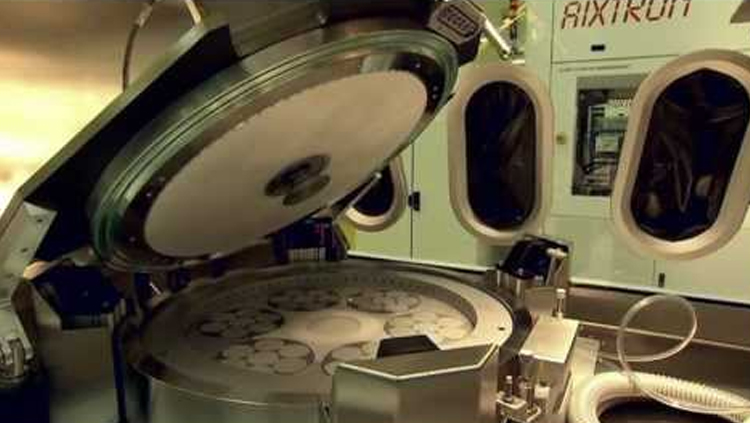News Article
Semiconductor research gets financial backing from German government
Funding has been announced for research into OLEDs, semiconductor devices which have a lower current density than inorganic LEDs.
A new project has been launched to develop innovative and soluble materials for use in large-area organic light-emitting diode (OLED) components.
Merck KgaA, a global pharmaceutical and chemical company, reported that with a total budget of approximately €32 million (£28.7 million), the research project hopes to develop the energy-efficient and cost-saving capabilities of OLEDs for a number of devices including electronic traffic signs, lighting systems and televisions.
The German Federal Ministry of Education and Research is supporting the project. OLEDs are solid-state semiconductor devices which have a lower current density and laminar light density to inorganic LEDs and no crystalline materials are required.
Unique, large-surface homogeneous lighting surfaces with a total layer thickness of a few millimetres can be produced by using OLEDs and the technology is already used in small-surface displays such as mp3 players.
"We want to provide [the] industry with customised OLED materials, thus enabling cost-effective manufacturing processes from the liquid phase," stated Dr Udo Heider, vice-president responsible for Merck s OLED unit.
The Times of India recently asserted that LEDs based on nanotechnology will "revolutionise" lighting in the country.
Merck KgaA, a global pharmaceutical and chemical company, reported that with a total budget of approximately €32 million (£28.7 million), the research project hopes to develop the energy-efficient and cost-saving capabilities of OLEDs for a number of devices including electronic traffic signs, lighting systems and televisions.
The German Federal Ministry of Education and Research is supporting the project. OLEDs are solid-state semiconductor devices which have a lower current density and laminar light density to inorganic LEDs and no crystalline materials are required.
Unique, large-surface homogeneous lighting surfaces with a total layer thickness of a few millimetres can be produced by using OLEDs and the technology is already used in small-surface displays such as mp3 players.
"We want to provide [the] industry with customised OLED materials, thus enabling cost-effective manufacturing processes from the liquid phase," stated Dr Udo Heider, vice-president responsible for Merck s OLED unit.
The Times of India recently asserted that LEDs based on nanotechnology will "revolutionise" lighting in the country.



































